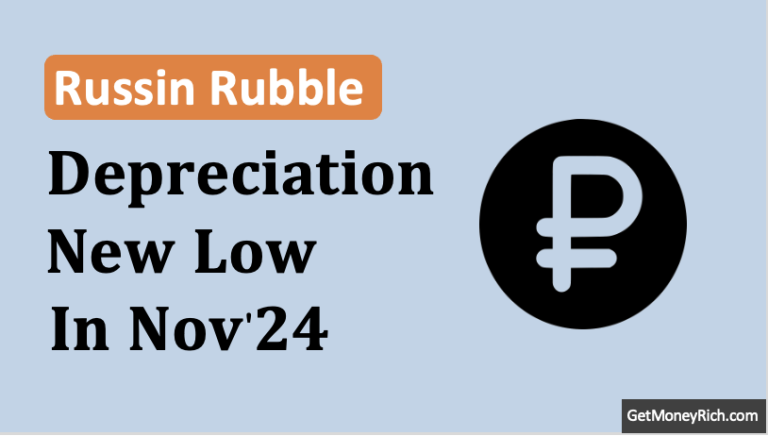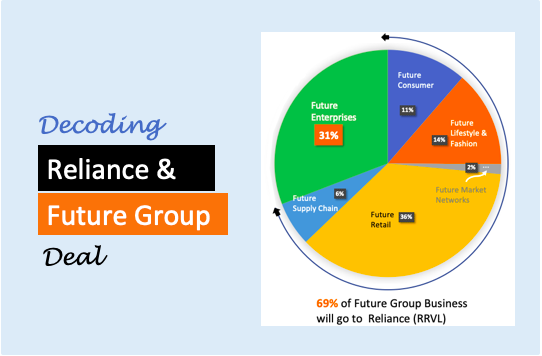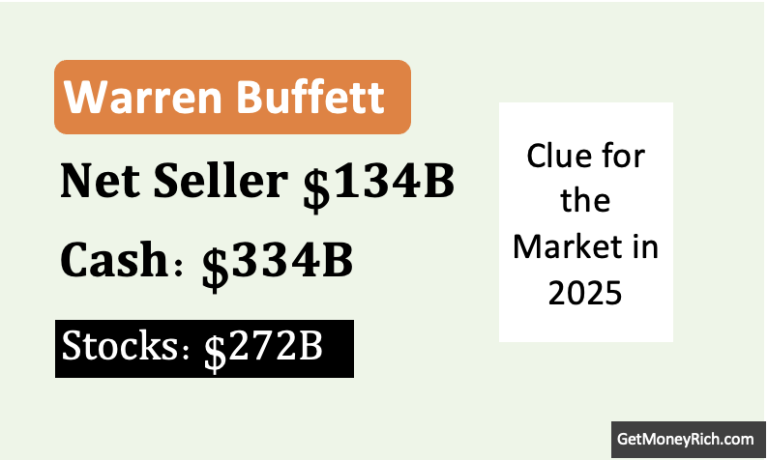Let’s first understanding GDP. What Is GDP? Why is GDP numbers important for a country?
Imagine you run a small chai (tea) shop. To figure out how successful you are, you keep track of the number of cups sold (volume), your earnings (turnover), and your expenses (cost of doing business). Now imagine doing this same exercise for all of India. Gross Domestic Product (GDP) is like a performance report card for India’s economy. It measures the total value of goods and services produced in a year.
When GDP goes up, it usually means the economy is growing. In such a scenario people are producing more and making more money. If GDP falls, there might be trouble, like fewer jobs or lower income.
For investors, policymakers, and regular citizens, reliable GDP data helps us make important decisions.
But what if this report card isn’t accurate?
That’s the concern, as per many economists, India is facing right now. Let’s explore what’s the matter, why it matters and what can be done about it.
1. What’s The Matter With India’s GDP Data
For a long time, India’s GDP data was trusted worldwide. Investors and economists relied on it confidently. However, things have changed in 2015.
It was then that India revised its GDP calculation methods. What was the revision? India adopted 2011-12 as the new base year. Before the 2015 revision, India used 2004-05 as the base year for calculating GDP
This revision included using data from larger companies. The older method also relied on smaller businesses and informal sector estimates. This way, the new GDP figures often showed higher growth rates compared to the old series. Hence, it started creating confusion among economists and investors. Imagine judging the health of all students in a school by checking only the top 10 athletes. You’d get a biased result, right?
These figures, allegedly, do not align with other indicators like corporate earnings, credit growth, or employment data, leading to doubts about their accuracy. The lack of transparency in explaining these changes further eroded trust in the reliability of India’s GDP data. Less data is available to the public. Sometimes, the official numbers don’t match up with what we see in real life.
For example, if the GDP shows growth, but people see fewer job opportunities or slower business growth, there’s a disconnect.
This makes people wonder if the numbers reflect the real picture.
2. Why Calculating India’s GDP Is Complicated
In the past few decades, India has become a services driven economy. Hence, India faces unique challenges in calculating GDP. Here are a few reasons why:
- A Service-Driven Economy: Unlike manufacturing, where products are easy to count and value, services are harder to measure. How do you measure the output of a teacher, a software developer, a shopkeeper, a writer, or a financial advisor? This makes estimating GDP more challenging for economies like India.
- A Large Informal Sector: India has a huge informal sector. It consists of small businesses, street vendors, and freelancers who often don’t pay taxes or keep formal records. For example, your neighborhood chaiwala (tea vendor) may not report his daily earnings. Since the government can’t track this easily, it relies on estimating based on larger, formal businesses.
- Dynamic Small Businesses: Many micro-enterprise’s life span is remain short. When their going gets tough, the can windup the business, change locations, and start over with new names. How to count such business in GDP estimates? It’s like trying to track a moving target.
The above factors adds complexity to GDP calculations. It is understandable, but will these problems get resolved by the change in the base year? It is like changing the goal post when the team is not able to score enough.
3. Why Trust in GDP Data is Important
Accurate GDP data impacts everyone. Why?
Because it is an important data that is needed to make critical decisions by investors, business owners, regular citizens, and even the government. Here’s how:
- Investors: Reliable data helps investors decide where to put their money. If GDP numbers are unclear, investors might hesitate to invest in Indian companies, affecting stock markets.
- Government: The government needs accurate data to make policies on employment, inflation, and welfare programs. Misleading data can lead to ineffective policies.
- Citizens (You and me): As citizens, we rely on economic growth for better job opportunities, salaries, and living standards. If the economy’s health is misunderstood, it can impact our future.
GDP data isn’t just a number on a report. Hence, trust in GDP data is crucial. If the numbers are unreliable or misleading, it can lead to wrong decisions that impact everyone.
For India to thrive, we need accurate, transparent GDP figures to build a solid foundation for future growth and prosperity.
Conclusion
With the rise of digital payments (like UPI), India is able to record millions of transactions daily. This data can give a clearer picture of overall economic activity in the country. It will not tell us about the economic activity in the formal sector but also in the informal sector.
Imagine tracking how many digital payments happen to the PAN number linked to small kirana shops in the country.
This type of data could help estimate small business output more accurately, right? Thanks that we have UPI data, let’s use it to get real GDP numbers.
I know what I’m saying is an oversimplification of a very complicated calculation, but this certainly one practical way to move ahead.
It will also allow the government to be more transparent about how GDP calculation is done.
Anyways, even if the UPI data is not used, people must know the method and should also have access to the supporting data to do their own analysis. This way people can trust the numbers more. Transparency builds confidence.
India is a dynamic and growing economy. To achieve its full potential, we need data that reflects the real picture. Improving GDP calculations is not just a technical issue, it’s essential for the country’s progress.
If we want to attract more investments trust in data is critical.
If you found this article useful, please share it with fellow investors or leave your thoughts in the comments below!
Have a happy investing.






